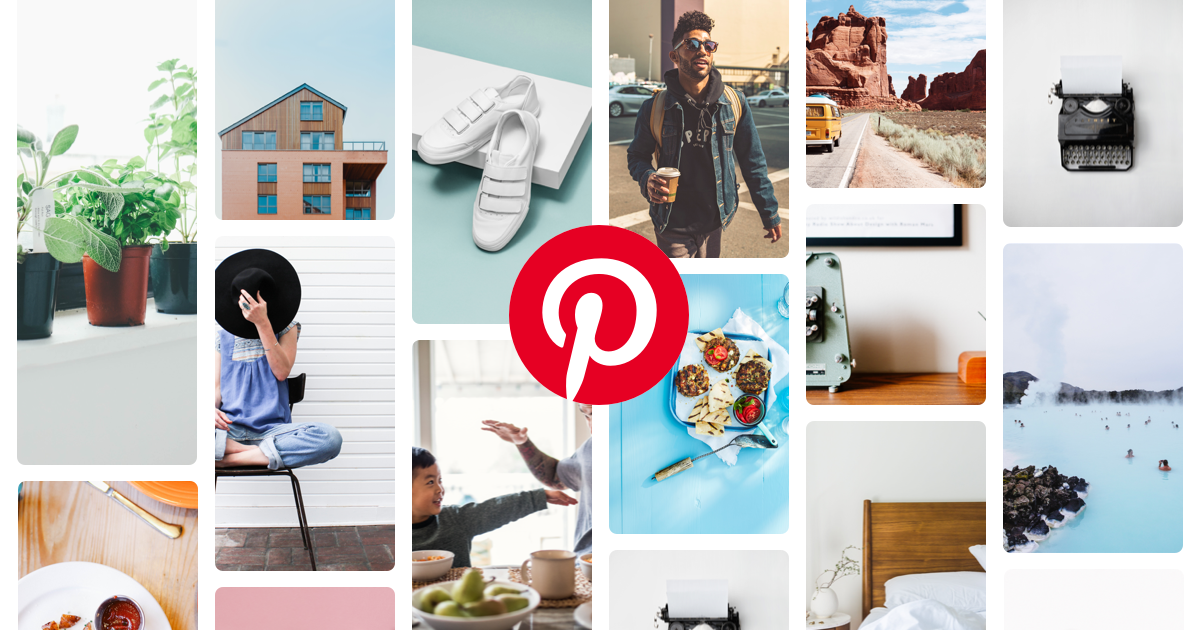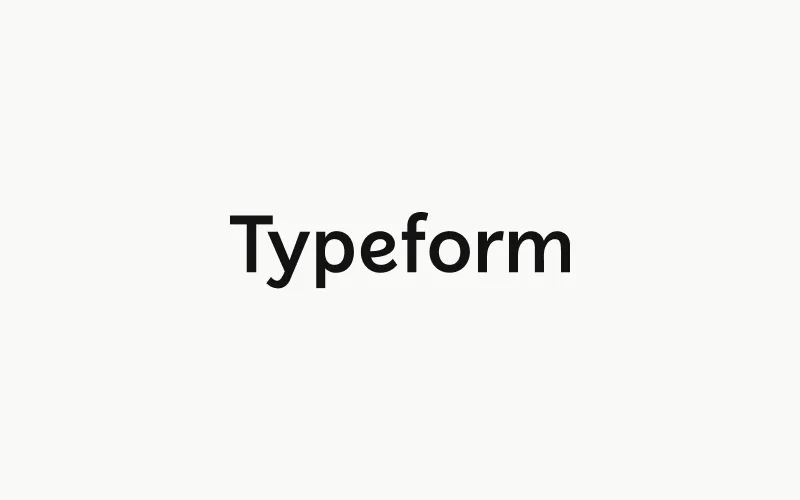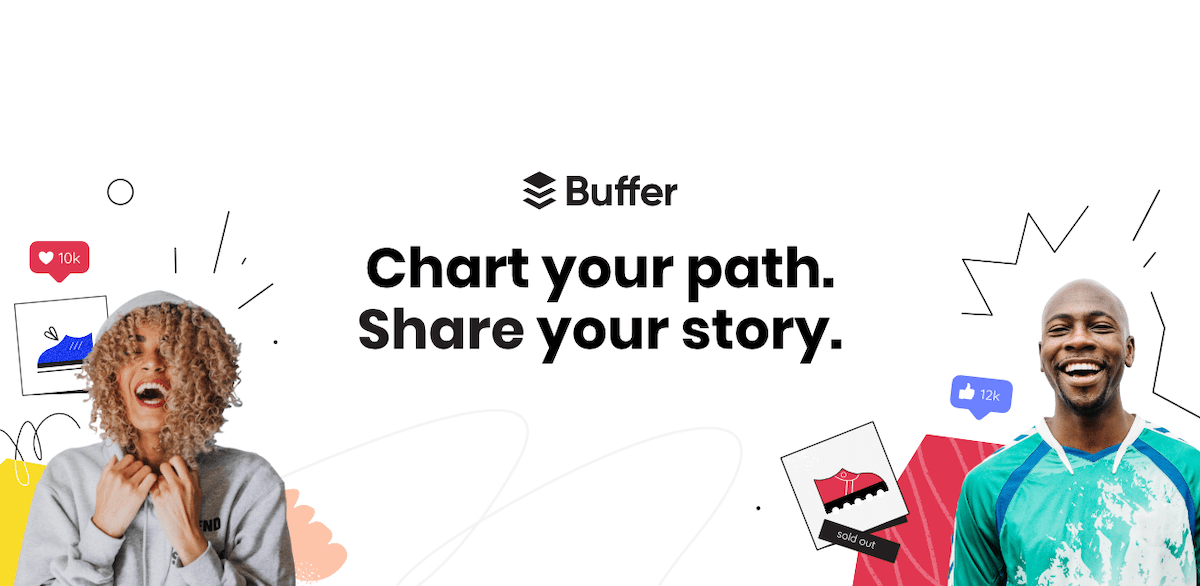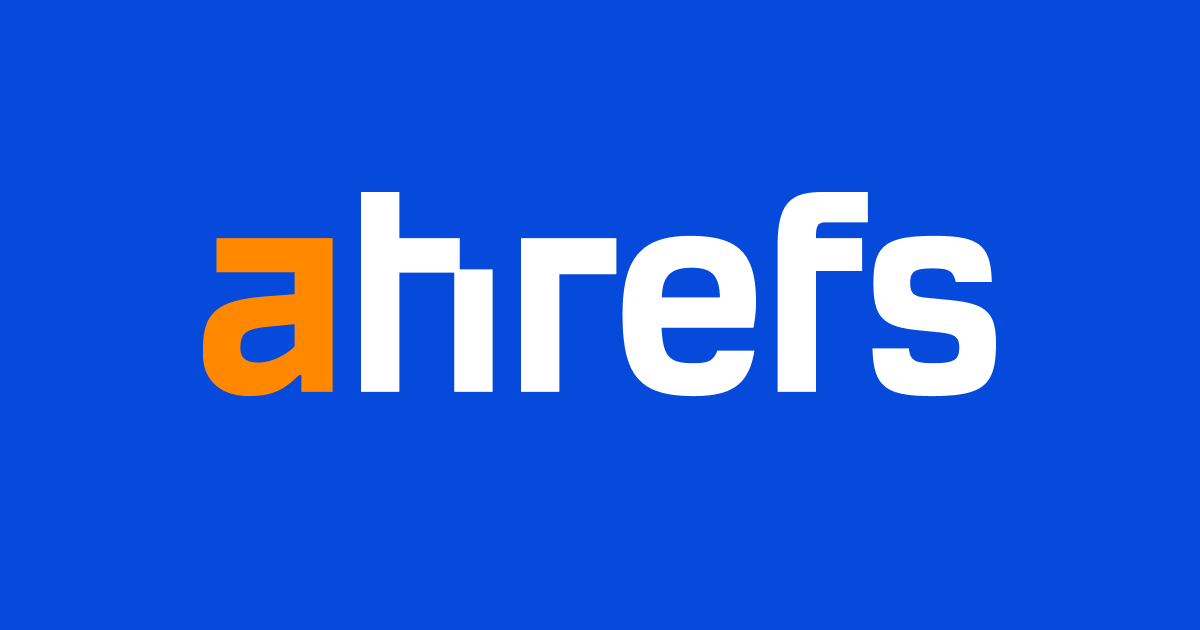Introduction
As more businesses recognize the importance of an omnichannel marketing strategy, social media advertising has become a core component of the media mix. With billions of active users spending hours every day on major networks, social platforms offer massive reach and targeting capabilities. However, with so many options it can be difficult to determine which tools will work best for your specific goals and audience. In this blog post, we evaluate 15 of the top social media advertising platforms based on factors like platform size, targeting options, reporting features and industry reputation to help you decide where to focus your budget.
Methods of Evaluation
To rank the social media advertising platforms, we considered the following key factors: platform size and engagement, targeting capabilities, ad formats available, reporting and analytics features, offline conversion tracking, industry reputation and credibility. We also analyzed metrics like number of backlinks, average monthly traffic and keyword search trends over the last year to understand which platforms have strong organic search visibility and are top of mind for consumers when researching this category. This multidimensional approach helped us evaluate the tools both quantitatively based on data, as well as qualitatively based on indirect market signals and credibility.
1. Facebook Ads
Facebook Ads is the advertising platform offered by Facebook that allows businesses to promote their brands and products to Facebook’s billions of users worldwide. With nearly 3 billion active monthly users on Facebook alone, Facebook Ads offers businesses a huge potential reach.
Pros: Some key advantages of using Facebook Ads include:
– Ability to target audiences based on location, interests, demographics and behaviors for highly targeted advertising
– Established social media platform with billions of users already engaged on Facebook
– Performance metrics and reporting allow analysis of campaign effectiveness
Cons: One potential disadvantage of Facebook Ads is that targeting capabilities are limited to what user data Facebook collects. Advertisers have less control over customizing their audience compared to some other advertising tools.
Pricing: Facebook Ads offers several pricing models depending on campaign objectives. Common paid formats include cost-per-click (CPC) and cost-per-impression (CPM) bidding. Advertisers can also promote posts for a flat fee through boosted posts. Monthly spending amounts typically range from a few hundred dollars to tens of thousands based on business needs.
Some key stats about Facebook Ads include:
– Over 2.8 billion active monthly users on Facebook as of Q3 2022
– Over 200 million businesses use Facebook to connect with customers
– More than 20 million active advertisers use Facebook Ads per month
2. LinkedIn Ads
LinkedIn Ads is LinkedIn’s paid advertising platform that allows businesses to target professional audiences on the LinkedIn social network. With over 740 million users worldwide, LinkedIn Ads gives marketers access to a large professional user base to promote products and services to individuals based on their job roles, titles, seniority, companies and more.
Pros: Some of the key advantages of using LinkedIn Ads include:
– Strong platform for B2B lead generation and recruitment as per the given reasons
– Ability to target professional audiences based on job titles, seniority, company, location and other professional attributes
– Powerful targeting and reporting tools tailored specifically for B2B marketing goals
Cons: One potential disadvantage is that LinkedIn Ads can be more expensive than other social media ad platforms on a cost-per-click basis since the audiences are more targeted to senior business professionals.
Pricing: LinkedIn Ads pricing is based on a cost-per-click (CPC) model. Base CPC rates vary depending on the country/region and target audience but generally range between $0.50-$5.00 per click. Additional features like promotion of posts start at $5 per sponsored post.
Some key stats about LinkedIn Ads include:
– Reaches over 740 million users globally
– More than 90 million users access LinkedIn via mobile each month
– Over 80% of LinkedIn members are decision makers, influencers, or business owners
– LinkedIn Ads campaigns see an average 16% increase in website visits
3. Pinterest Ads
Pinterest is a social media platform focused on visual discovery. Users can save images and ideas they find interesting to their boards for planning future projects or finding inspiration. With over 400 million monthly active users, Pinterest provides advertisers a unique opportunity to reach consumers looking for ideas.
Pros: Some key advantages of using Pinterest Ads include:
– Unique platform focused on visual discovery
– Great for ecommerce and consumer brands to promote products and drive traffic
– Users are in a planning mindset which makes it effective for goal-based advertising
Cons: The main potential disadvantage is that Pinterest is best suited for visual businesses, products or services rather than text-heavy businesses.
Pricing: Pinterest offers cost-per-click (CPC) advertising. Advertisers pay when a user clicks on an ad Pin or ad campaign. Pricing can vary depending on campaign type, budget and performance.
Some key stats about Pinterest Ads include:
– Over 400 million monthly active users globally
– 70% of Pinners report that Pinterest helps them discover new products and services
– 81% of Pinners research products on Pinterest before making purchases
– The average Pin gets a 14% click-through rate, much higher than other platforms
PinterestDiscover recipes, home ideas, style inspiration and other ideas to try.pinterest.com
4. Vimeo Ads
Vimeo Ads is the native advertising platform from Vimeo, the world’s leading professional video platform. Vimeo allows businesses to host, share and market videos and has over 200 million monthly users. With Vimeo Ads, businesses can run video and display ads across the Vimeo network to reach their target audiences.
Pros: Some key advantages of using Vimeo Ads include:
– Large existing professional video audience on the Vimeo platform
– Highly engaging video ad format that viewers are less likely to ignore
– Sophisticated targeting options based on first-party Vimeo data
– Branded sponsorships and partnerships allow for closer alignment with creators
Cons: Potential disadvantages could include:
– More expensive CPMs compared to other social platforms due to the professional, engaged Vimeo audience
– Newer platform than competitors like YouTube so potentially smaller network size currently
Pricing: Vimeo Ads pricing varies depending on campaign goals and size. General pricing models include pay per view (CPV), cost per mille (CPM) and monthly sponsorship packages. Vimeo also offers enterprise-level solutions for large brands.
Some key stats about Vimeo Ads include:
– Reach over 200 million monthly users across the Vimeo network
– Ad formats include pre-roll video ads, display ads, mid-roll ads and sponsorships
– Targeting options based on location, demographics and browsing behavior
5. MailChimp
MailChimp is an email marketing and automation platform that helps businesses of all sizes find and engage customers. Founded in 2001, MailChimp currently has over 12 million users and processes millions of emails each month.
Pros: Some key advantages of MailChimp include:
– Intuitive and easy to use drag-and-drop interface
– Wide range of pre-built email templates and themes
– Robust email marketing capabilities like segmentation, A/B testing etc.
– Integrated social media and Google ads management
– Landing pages, forms and survey tools
Cons: One potential disadvantage is that the free plan has strict limits on the number of emails, lists and contacts. However, paid plans are affordable starting at $10/month.
Pricing: MailChimp offers four main pricing tiers – Free, Essential, Standard and Premium starting from free to $249/month. The free plan is limited but good for basic testing. The paid plans unlock more features, higher email and subscriber limits.
Some key stats about MailChimp include:
– Over 12 million active users globally
– Processes millions of emails per day
– Integrations with over 1000 other applications like Shopify, WordPress, Facebook etc.
– Owned by Intuit since 2021
6. Quora Ads
Quora Ads is a social media advertising platform offered by Quora. As one of the largest question and answer sites, Quora gets over 100 million monthly visits from users looking for answers to their questions. Quora Ads allows advertisers to target these users through different ad formats.
Pros: Some key advantages of using Quora Ads include:
– Target users looking for answers to their questions
– Profile boosting, answer promotion and text ads formats
– Growing platform with high traffic in technology, business and other verticals
Cons: The main disadvantage of Quora Ads is its smaller overall userbase compared to platforms like Facebook and Google. Marketers may find it difficult to scale campaigns on Quora alone.
Pricing: Quora Ads pricing plans vary based on the type of ad format and features needed. Basic text ads start from $5 CPM while more premium placements like promoted answers range from $10-25 CPM.
Some key stats about Quora Ads include:
– Over 100 million monthly visits to Quora
– Targeting users based on the questions they search for and browse
– Profile boosting, answer promotion and text ads formats available
– Growing platform with high traffic in technology, business and other verticals
7. Typeform
Typeform is an online form and survey builder that allows users to create beautiful and engaging forms without any coding. Founded in 2012 and based in Barcelona, Spain, Typeform takes a people-first approach to provide an easy yet powerful platform for gathering customer feedback, collecting leads, running quizzes and more. With over 50,000 organizations using Typeform globally including IBM, Spotify, and CANVAS, it has become one of the leaders in the no-code form building space.
Pros: Some key advantages of using Typeform include:
– Beautiful and engaging form builder with no coding required
– Wide range of custom question types like rankings, sliders and calculations
– Robust conditional logic to create personalized form flows
– Intuitive drag-and-drop interface for quick form building
– Great analytics and reporting on form submissions and responses
Cons: One potential disadvantage is that the free plan only allows for one active form at a time. For teams or organizations with high volume needs, an paid upgrade may be required.
Pricing: Typeform offers the following pricing plans:
– Freelancer: Free forever, allows one active form
– Team: $25/month per user, no form limits
– Business: $45/month per user, prioritized support
– Enterprise: Custom pricing, dedicated account manager
Some key stats about Typeform include:
– Used by over 50,000 organizations globally across 190+ countries
– Processed over 2 billion submissions from users
– Offers over 30 ready-made templates for common use cases like feedback forms, applications, assessments and more
– Has a community of over 5 million creators building engaging forms and surveys
8. Snapchat Ads
Snapchat Ads, also known as Snapchat Advertising, allows brands to reach Snapchat’s large audience of Gen Z and millennial users. As one of the most popular social media platforms among younger generations, Snapchat Ads enables advertisers to create vertically-formatted video ads and augmented reality experiences that are unique to the app.
Pros: Some key advantages of Snapchat Ads include: – Ability to target audiences based on location, demographic and interest data – Innovative ad formats like vertical videos and augmented reality experiences that are highly engaging for Snapchat’s young audience – Placements in the Snapchat Discovery section where users spend a lot of time exploring new content
Cons: One potential disadvantage is that Snapchat’s audience skews younger, so the platform may not be as suitable for some older-focused brands or products.
Pricing: Snapchat Ads pricing is based on a cost-per-impression (CPM) model. Rates vary depending on the campaign objective (awareness, consideration, conversion), but standard CPMs range from $3-6.
Some key stats about Snapchat Ads: – Over 300 million daily active users worldwide – The average Snapchat user spends over 30 minutes on the app per day – Nearly 75% of 13-34 year olds in the US are on Snapchat – Snapchat’s vertical video format is optimized for mobile experiences
9. Moz
Moz is a leading SEO software provider that offers comprehensive tools to help marketers and agencies improve search visibility and drive more qualified traffic to their websites. Founded in 2005, Moz has helped over 500,000 digital marketers and entrepreneurs optimize their online presence through its easy-to-use yet powerful suite of SEO tools.
Pros: Some of the key advantages of Moz include:
– Comprehensive toolset for technical, on-page and off-page SEO audits
– Advanced keyword research tools to identify opportunities
– Link building tools to assess spam risk and find linking opportunities
– Crawl logs show indexing/rendering issues to fix
– Robust technical SEO features for HTTP headers, rendering, redirects etc.
Cons: One potential disadvantage is that Moz offers fewer paid marketing tools compared to competitors like SEMrush. It is primarily focused on SEO and technical website optimization versus paid advertising.
Pricing: Moz offers three pricing tiers – Basic, Pro and Premier starting from $79-179 per month billed annually. Discounts are available for agencies. All plans include the full suite of SEO tools and features with additional custom reports, priority support etc. in higher tiers.
Some key stats about Moz include:
– Over 500,000 users in more than 100 countries
– #1 most cited SEO tool/resource on the web
– 17+ years of experience and innovation in SEO tools
– Integrations with 140+ apps including Google Ads, HubSpot, SEMrush and more
10. Hootsuite
Hootsuite is a leading social media management platform that helps brands and organizations publish, track and analyze social media content across networks like Facebook, Twitter, LinkedIn and more. Founded in 2008 and headquartered in Vancouver, Canada, Hootsuite boasts over 18 million users worldwide including brands like Intel, Red Bull and Microsoft.
Pros: Key advantages of using Hootsuite include:
– Easy to use social media management dashboard
– Ability to schedule and publish content in bulk across multiple networks
– centralized inbox for managing all social messages and comments
– Advanced analytics and reporting to track social media performance
Cons: One potential disadvantage is that the free plan only allows managing one social profile. For larger volume of publishing and analytics, paid plans will be required.
Pricing: Hootsuite offers various paid plans starting from Professional ($9.99/user/month), Business ($14.99/user/month) to Enterprise level pricing for huge teams and custom requirements. All paid plans provide access to scheduling, publishing, analytics across all major networks.
Some key stats about Hootsuite include:
– Over 18 million users worldwide
– Supports publishing to over 15 major social networks including Facebook, Twitter, LinkedIn, Instagram and more
– Integrates with over 150 other applications like Google Analytics, MailChimp and Hubspot
– Plans start from free and go up to enterprise-level pricing
11. SEMRush
SEMRush is a leading SaaS platform for paid advertising, SEO, content marketing, and competitive research. Founded in 2008, SEMrush has grown to serve over 500,000 customers worldwide including large brands and agencies. The platform provides users with over 55 tools to manage every aspect of digital marketing.
Pros: Some key advantages of SEMrush include:
– Competitive research tools to analyze competitors’ keywords, backlinks, social profiles etc.
– Keyword tracking and volume data for keyword research and opportunity analysis
– Backlink analytics to audit backlinks and identify opportunities
– Paid advertising tools for tracking campaigns and keyword suggestions
Cons: One potential disadvantage is that SEMrush falls more on the feature-rich professional side which can be overwhelming for some smaller businesses or solopreneurs to manage. The toolset may also be broader than what some users need.
Pricing: SEMRush offers various pricing tiers starting from a free forever plan up to premium enterprise plans. Paid plans start at around $99 per month and offer more users, data, and features. Academic, non-profit, and agency discounts are also available on some plans.
Some key stats about SEMrush include:
– Over 500,000 customers globally
– Competitive data on over 100 million domains
– Keyword tracking and historical data for billions of keywords
– Backlink analytics for millions of sites
– Social media and content marketing tools
12. Feedly
Feedly is a news reading and feed aggregation platform that makes it easy to stay up-to-date on topics that matter. With over 10 million users, Feedly curates the latest content on any subject from thousands of online news sources and blogs. This helps professionals discover emerging trends, track competitors, and gain consumer insights.
Pros: Some of the key advantages of using Feedly include:
– Saves time by aggregating content from multiple sources in one place
– AI-powered algorithms recommend new topics and sources based on reading habits
– Content is organized by topic for easy scanning and exploration
– Social sharing tools help fuel discussions and increase brand awareness
Cons: One potential disadvantage is that Feedly relies onthird-party content and blogs, so content quality is outside of its control. Some sources may have lower quality or clickbait content at times.
Pricing: Feedly offers both free and paid plans. The free plan allows for basic features like reading feeds and organizing content. Premium plans start at $9.99/month and unlock advanced features like AI recommendations, analytics, offline viewing and no ads.
Some key stats about Feedly include:
– Over 10 million users worldwide
– Tracks updates from more than 80,000 blogs and news sites
– Can follow over 25,000 topics and interest areas
– Integrates with social platforms like Facebook, Twitter and LinkedIn for easy sharing of curated content
13. Buffer
Buffer is a social media management tool that allows users to schedule and publish content to multiple social networks. Founded in 2010, Buffer helps over 7 million people and businesses like Anthropic, Zapier and Canva share content to Facebook, Twitter, LinkedIn and more. Their solution allows users to find the optimal times to post based on past publishing data and audience demographics.
Pros: Some key advantages of using Buffer include:
– Content scheduling across profiles and platforms
– Auto post at best times based on past data from your audience
– Mobile app to manage communities and comments when on the go
– Simple drag-and-drop calendar for scheduling posts
– Analytics on post engagement and audience reach and demographics
Cons: A potential disadvantage is that the free plan only allows scheduling of up to 3 social profiles which may not provide enough flexibility for businesses with a larger social media presence. The paid plans start at $10/month which may not be feasible for some very small businesses or individuals.
Pricing: Buffer offers the following pricing plans:
– Free plan: Supports up to 3 profiles and 75 pieces of scheduled content
– Personal plan: $10/month for 1 user and up to 10 profiles
– Business plan: $35/month for up to 5 users and unlimited profiles
– Enterprise plan: Custom pricing for teams of 5+ users
Some key stats about Buffer include:
– Over 160,000 paying customers in over 150 countries worldwide
– Ability to schedule content 12 months in advance
– Supports scheduling to 10 social networks including Facebook, Twitter, LinkedIn and Pinterest
– Mobile apps available for iOS and Android to manage social profiles on the go
14. Ahrefs
Ahrefs is a leading SEO tool that provides backlink analysis, keyword research, content gap analysis and more to help users improve their organic search performance. Founded in 2008, Ahrefs is one of the oldest and most trusted SEO tools on the market with over 1 million users across 170 countries.
Pros: Key advantages of Ahrefs include:
– Powerful backlink analysis and discovery tools to audit links and find new outreach opportunities
– Comprehensive keyword research features to find high opportunity keywords
– Content gap analysis to identify topics to create content around
– Mobile-friendly and intuitive interface
Cons: One potential disadvantage is the pricing, as it is at the higher end of SEO tools. The basic plan starts from $99/month.
Pricing: Ahrefs offers various paid plans starting from $99 per month for the Basic plan up to an Enterprise plan with custom pricing. The most popular plan is the Standard plan at $199/month which offers more features compared to Basic.
Some key stats about Ahrefs include:
– Tracks over 10 billion backlinks
– Database of 200 million keywords
– Analyzes over 10 billion pages of content
– Community of over 1 million users globally
Conclusion
In conclusion, there is no one-size-fits-all solution for social media advertising. Businesses need to test various platforms and evaluate which ones align best with their target audience and marketing goals. While large networks like Facebook and Instagram will likely remain cornerstones for most advertisers, niche platforms can be highly effective for certain industries or objectives. The tools ranked here are leaders in the industry due to their robust feature sets, massive reach and focus on return on ad spend. Testing budgets across multiple networks is advisable to gain insights into what works best for your brand. With the right strategy and creative testing, social media offers huge potential to diversify traffic and increase conversions.














